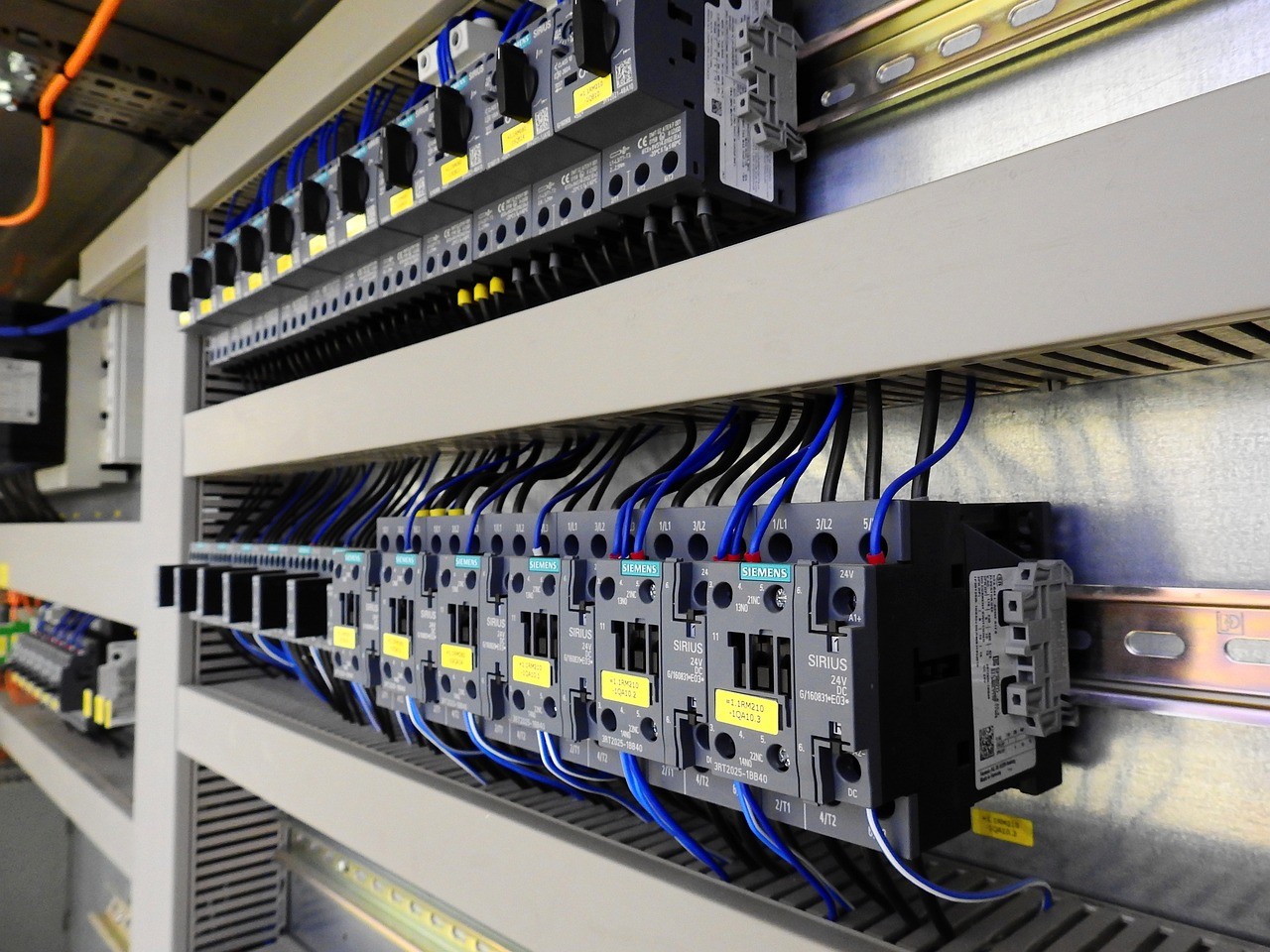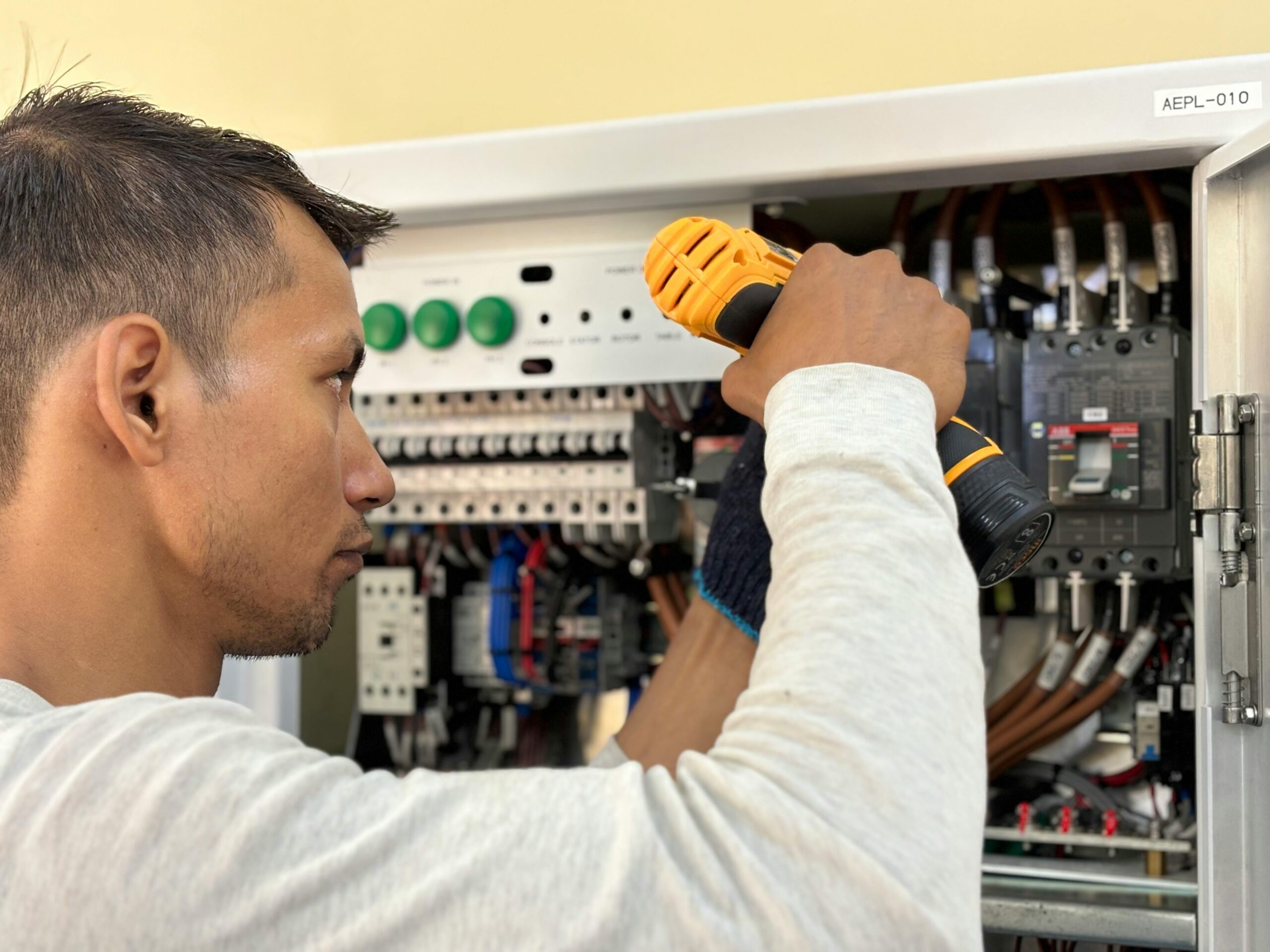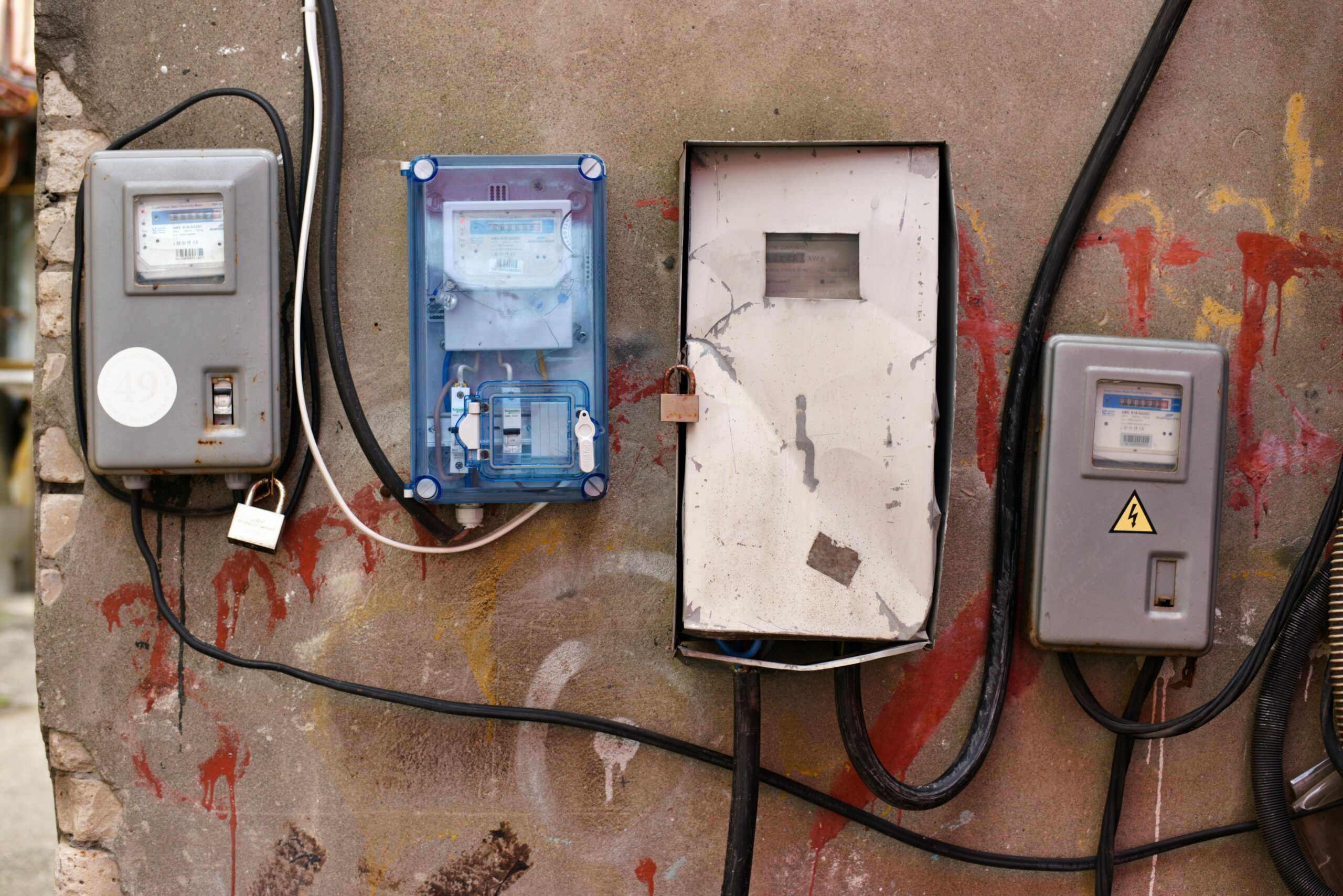Circuit breakers, the unsung heroes of electrical systems, play a crucial role as safety mechanisms.
When faults or overloads occur, they interrupt the flow of electricity, preventing hazards like electrical fires. Understanding their significance is vital for maintaining a safe and efficient electrical infrastructure.
Now, let’s explore the question: can circuit breakers fail silently? This complex topic involves potential unnoticed failures that pose risks to electrical systems.
The goal is to shed light on these silent challenges within these essential safety devices and emphasize the importance of regular maintenance and inspections.
Understanding Circuit Breakers
Circuit breakers are an essential safety component in any electrical system. They function as automatic switches designed to halt the flow of electrical current in the event of an overload or short circuit, thereby preventing potential damage or fire risks. This is commonly referred to as ‘tripping.’
There are several types of circuit breakers, each designed to serve a specific purpose. The most common include:
Single-pole Breakers
These are the most standard types and control one circuit. Most household switchboards have multiple single-pole breakers.
Double-pole Breakers
These control two circuits and are used for appliances that require more power, such as electric dryers or ovens.
Triple-pole Breakers
Often used in professional or industrial settings, these control three circuits and are primarily for powering high-voltage appliances or systems.
GFCI Breakers
Ground-fault circuit interrupter breakers are designed to prevent electric shock by shutting off electric power when they detect a ground fault.
AFCI Breakers
Arc-fault circuit interrupters protect against fire by breaking the circuit when they detect a dangerous electric arc.
Understanding how circuit breakers function and the different types available is crucial for maintaining electrical safety and efficiency.
Signs of a Failing Circuit Breaker
Common warning signals of a failing circuit breaker often involve physical signs of distress. These can include the breaker constantly tripping, a burning smell originating from the electrical panel, and signs of visible damage such as burning or charring around the breaker.
Breakers that are hot to the touch are also a cause for concern. These are clear indications that the breaker is struggling to perform its function and may be on the verge of failure.
Subtle indicators of a failing circuit breaker, which are often overlooked, can be equally important when identifying a problem.
These include flickering lights, occasional power outages, or appliances not running at their full capacity. Inconsistency in the performance of your electrical devices can be an early symptom of a circuit breaker beginning to fail.
These signs often go unnoticed because they are not as immediately alarming or disruptive as the more common warning signals.
Reasons Behind Silent Failures
Circuit breakers can indeed fail without ever tripping, a phenomenon often referred to as a “silent failure”.
Just like any other mechanical device, circuit breakers are not immune to the effects of time and constant use. The internal components can undergo wear and tear, losing their ability to function optimally. As a result, despite a power surge, the circuit breaker may not trip as it should, posing a risk of electrical fires.
Circuit breakers are designed to prevent overloading and overheating of electrical wires. However, consistent overloading can damage the breaker itself, causing it to malfunction. In such scenarios, even with excess current flow, the breaker might fail to trip, not offering the protection it’s designed to provide.
Impact on Electrical Safety
Circuit breakers are designed to protect your home and appliances by tripping and interrupting the electrical flow whenever an overload or short circuit is detected.
But what happens when a circuit breaker goes bad without tripping? How does this scenario impact electrical safety?
This section delves into the potential dangers and risks associated with faulty circuit breakers and their implications for the safety of your home’s electrical system.
Potential Hazards
Circuit breakers, when functioning correctly, serve as a safety measure by preventing overloading and short circuits in your electrical system.
However, when they fail without tripping, they present a significant hazard. This scenario can pose a fire risk as well as cause damage to your appliances and electronics.
They allow an unrestricted flow of electricity, leading to overheating and potential melting of wires. This can result in electrical fires, which could be catastrophic.
Fire Risks and Safety Concerns
The overheating and potential melting of wires due to excessive electrical load increases the risk of an electrical fire. When wires become too hot, their insulation can degrade, creating a hazardous situation.
This is especially dangerous because without the circuit breaker tripping to interrupt the power flow, the source of the fire may not be immediately identifiable, allowing the fire to spread rapidly throughout the building.
In addition to the risk of fire, these undetected issues could lead to electrical shocks, posing serious safety concerns for anyone handling the electrical systems.
Faulty wiring or damaged insulation can create an environment where accidental contact with live wires becomes a real danger.
It is crucial to prioritize regular inspections and maintenance to identify any potential fire hazards or safety risks, ensuring the protection of both property and lives.
Diagnosing a Faulty Circuit Breaker
A faulty circuit breaker may not necessarily trip, leaving you under the impression that everything is functioning as it should. However, there are a few methods you can use to diagnose if your circuit breaker is malfunctioning.
One common method involves the use of a multimeter, an instrument used to test electrical potential difference, current, and resistance.
By touching the multimeter’s probe to the screw where the breaker wire is attached, you can determine if the breaker is allowing current to flow. If the multimeter reads zero, then the circuit breaker isn’t working correctly.
It’s important to note that dealing with electricity can be dangerous and if you’re not comfortable performing these tests yourself, it’s always advisable to seek professional help.
Furthermore, if your circuit breaker is frequently tripping despite the load being within tolerance, or it doesn’t reset properly, these could be signs of a deeper electrical issue that requires the attention of a professional electrician.
Ultimately, safety should be your utmost priority when dealing with electrical issues in your home.
Prevention and Maintenance
Regular inspections are crucial to ensuring the functionality and safety of your circuit breakers. It includes checking for loose connections, and signs of wear and tear, and verifying the proper operation of the breaker mechanism.
Inspections can identify potential problems, such as overloading or corrosion before they result in breaker failure or an electrical accident.
Outdated circuit breakers may not trip when they should, posing a risk of electrical fire. Upgrading to a more modern system can provide enhanced safety features and improved performance.
Modern circuit breakers are designed to detect faults more accurately and respond more quickly, reducing the likelihood of serious electrical incidents.
Additionally, new systems meet updated safety codes and standards, ensuring your property’s electrical system is up-to-date and as safe as possible.
Common Misconceptions
Let’s talk about some common misconceptions when it comes to circuit breakers.
You might have heard that a circuit breaker will always trip when there’s an overload or fault. Well, that’s not entirely true.
Sometimes, circuit breakers can fail to trip, which can be quite dangerous as it can lead to electrical fires. That’s why it’s crucial to regularly inspect and test circuit breakers to make sure they’re functioning properly.
Another myth is that a circuit breaker that trips frequently needs to be replaced. While frequent tripping can indicate an issue with the circuit, it doesn’t always mean the breaker is faulty. Understanding the root cause of the frequent tripping is key to effectively addressing the problem.
You may have been told that all circuit breakers are the same, but that’s not the case. There are different types of circuit breakers, each designed for specific applications and having unique tripping characteristics.
It’s important to choose the right type of circuit breaker based on your specific electrical requirements to ensure safety and optimal performance. Another popular belief is that simply resetting a tripped breaker solves the problem.
However, it’s important to keep in mind that a tripped breaker is often a symptom of a larger issue in the electrical system that needs to be properly diagnosed and fixed.
Identifying and addressing the root cause of the tripping is crucial to preventing future incidents and maintaining a safe electrical environment.
Let’s make sure we’re on the same page when it comes to circuit breakers!
Summary of Key Findings
Circuit breakers can actually fail without tripping, which is known as a ‘silent failure.’ So why does this happen? Well, there are a few reasons. One common cause is mechanical wear and tear, where the breaker doesn’t trip despite being overloaded.
Corrosion is another culprit, as it can lead to poor electrical connections and hinder the breaker’s function.
Sometimes, manufacturing defects can also result in a failed breaker that doesn’t trip. And lastly, when an electrical system is overloaded, the circuit breaker may silently fail over time without triggering an immediate trip.
To prevent these silent failures, regular maintenance is key. It’s important to check for signs of wear or corrosion, test the electrical system’s load, and replace any older or faulty breakers as needed.
By keeping up with maintenance, you can ensure the safety and efficiency of your electrical system, protecting your property from potential fire hazards.
We help companies refine their messaging, hone in their sales process, and grow their pipeline – all with a new website.






